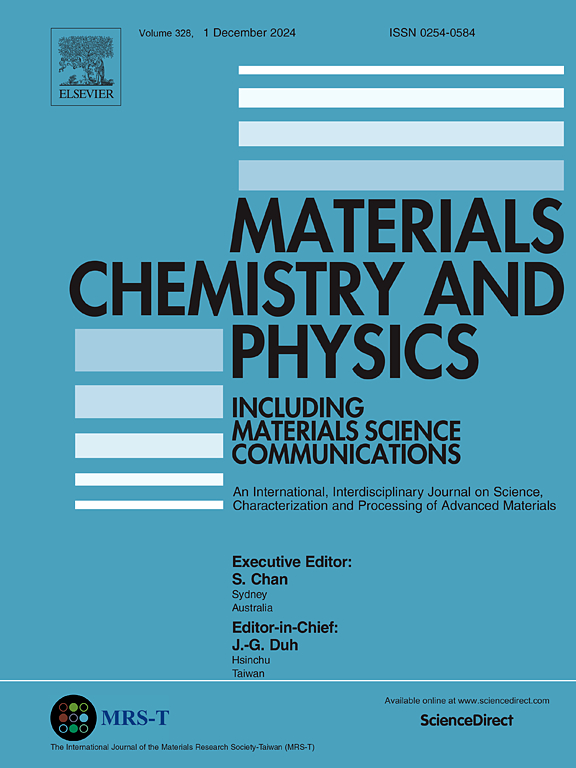In vitro corrosion behavior of Magnesium/2.5%HA biocomposites under different shot peening parameters
IF 4.3
3区 材料科学
Q2 MATERIALS SCIENCE, MULTIDISCIPLINARY
引用次数: 0
Abstract
The present study investigates the influence of shot peening on the corrosion resistance of Mg-2.5HA biocomposites within a simulated body fluid environment. Utilizing response surface methodology, this research examined the effects of shot peening parameters, including air nozzle pressure, nozzle-to-sample distance, and duration, on the biocomposites. Comprehensive microstructure observations, surface roughness assessments, and hardness evaluations were conducted on samples subjected to varied shot peening parameter settings. Corrosion tests revealed that samples peened at pressures of 2 and 3.5 bar for a duration of 1 min exhibited reduced corrosion rates of 5.96 and 5.47 mm/y, respectively, in comparison to the initial rate of 7.40 mm/y. It was observed that increasing nozzle pressure or extending peening duration led to a decline in corrosion resistance. The nozzle-to-sample distance, ranging between 90 and 130 mm, appeared to exert a negligible effect on the outcomes. The application of shot peening resulted in an accelerated formation of passivation layers, attributed to the presence of ultra-refined surface grains and increased surface roughness. In contrast, lower shot peening pressures and shorter durations yielded reduced surface roughness, thereby enhancing corrosion resistance. The response surface methodology model, developed to evaluate the 1-day corrosion rate and the pH of the simulated body fluid, demonstrated satisfactory accuracy with R-squared values of 89.07 % and 95.19 %, respectively. Consequently, an optimized shot-peening process can effectively regulate the degradation rate of Mg-based composite implants.

求助全文
约1分钟内获得全文
求助全文
来源期刊

Materials Chemistry and Physics
工程技术-材料科学:综合
CiteScore
8.70
自引率
4.30%
发文量
1515
审稿时长
69 days
期刊介绍:
Materials Chemistry and Physics is devoted to short communications, full-length research papers and feature articles on interrelationships among structure, properties, processing and performance of materials. The Editors welcome manuscripts on thin films, surface and interface science, materials degradation and reliability, metallurgy, semiconductors and optoelectronic materials, fine ceramics, magnetics, superconductors, specialty polymers, nano-materials and composite materials.
 求助内容:
求助内容: 应助结果提醒方式:
应助结果提醒方式:


